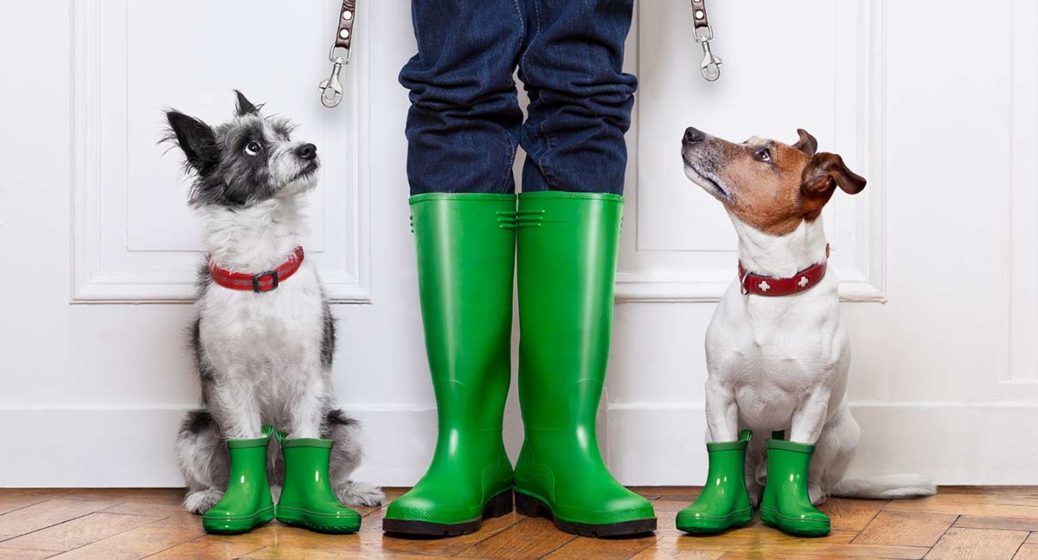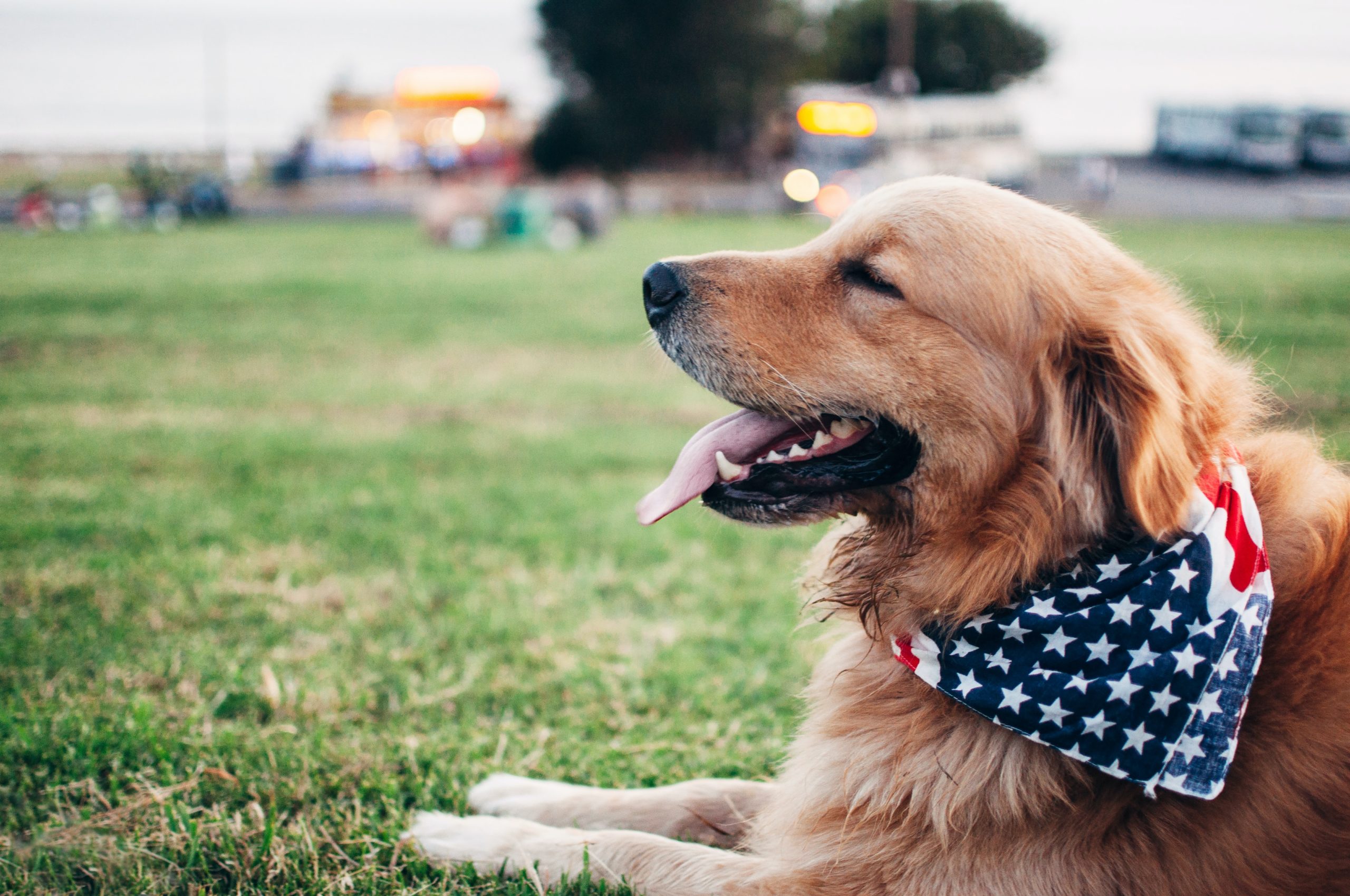In this excerpt from her pet behavior advice column, The Teacher’s Pets, Dr. Megan Maxwell, CAAB, addresses a reader’s question about what to consider when adopting a second dog.
Hi Dr. Maxwell,
I was wondering if you could give me some insight on adding a second dog to our family. In addition to our two older cats, we have a female 18-month-old rescue that we got in August. She is 50 pounds and very active (although she does seem to be settling down a bit lately.) She is also very jealous of our attention with our cats. She does things like jumping up from a nap to stand between the cats and us if we speak to them, even waking up to do this! We do want to get another female dog (not a puppy), so I have two questions: 1. What is the best way to introduce this new dog to minimize her jealousy? 2. Since she is quite active, would another active dog who could match her be best or would a more sedate dog who might calm her down some be better? Any thoughts that you have on this would be most appreciated!!
Rene H.
Lexington, VA
Dear Rene,
How wonderful of you to rescue one dog and to consider taking in a second! With so many dogs in need of homes, there is always reason for a bit of kudos to those who adopt. In terms of the match between your own dog and the potential addition, there are several things to consider. As you smartly mention, examining overall activity levels is of primary importance. Many folks decide to bring in a second dog as a friend for their first, only to discover that the two don’t get along, if not because of outright aggression then simply because one is more active, plays more roughly, has different standards in terms of personal body space, or other related issues. In fact, I have worked with many families whose first dog would most certainly have preferred to remain the only dog, so it’s smart to be asking these questions before adoption occurs.
In general, dogs are best matched when they both display appropriate and similar canine communication signals and play styles. For example, during play, dogs should take turns being the chaser and being chased, should back off when things get too rough or vocal, and should occasionally break out of wrestling with a play bow or to sniff the ground as a calming signal to each other that they are not taking things too seriously. Ideally, each dog might occasionally be the one to roll on its back during play while the other is standing over and playfully mouthing at him or her. These play styles can be hard to teach a dog so matching based on existing play styles, especially when introducing two adult dogs, can be beneficial. One great way to assess a match for your dog is to volunteer to foster a dog through a local animal rescue or shelter. When you foster, you typically have the option to adopt the dog at any point. If it’s a match made in dog heaven as you observe them together over several weeks, then adopt! If it’s not, then you are still doing a great service by temporarily providing a homeless dog with a home environment and, ideally, some training, stability, and socialization before it moves on to its forever home.
In terms of your dog’s “jealous” tendencies, it may be that she has learned that when she interrupts the attention you are giving to the cats, you turn your attention to her instead. If she is taught that she will not receive attention when she does this, and instead receives attention when she stays in position, you should be able to turn around this policing behavior of hers. It would be helpful to see whether she has a tendency to do the same thing with a visiting dog or foster dog as well, or whether this pattern is specific to the interactions between you and your cats. Either way, this is certainly a behavior that I work with families frequently to address and one that responds well to behavioral intervention and training.
Of more concern might be whether your dog is prone to resource guarding with other animals. Does she stiffen, growl, snarl, or snap when the cats or visiting dogs approach her while she is eating, drinking, chewing a toy or bone? How about when the cats approach while she is being petted by or snuggling by you? Or when they approach her while she is resting in her favorite place? It is important to assess whether she is likely to become aggressive in order to protect her access to things she loves, like food, toys, attention, her people, or her resting places, because this sort of aggression frequently causes more serious problems in multidog homes.
If you find that your dog is high energy but friendly with other dogs, and seems to make friends with other dogs without being an annoyance to them, then your chances of finding a friend for her in a second dog are high. If you find that she tends to trigger aggression in other dogs, or becomes aggressive herself, then you may want to work with a pet behavior professional who can guide you in making a selection of a second dog or counsel you on whether she instead might do best as the only dog in your home.Bringing a Second Dog into the Home











